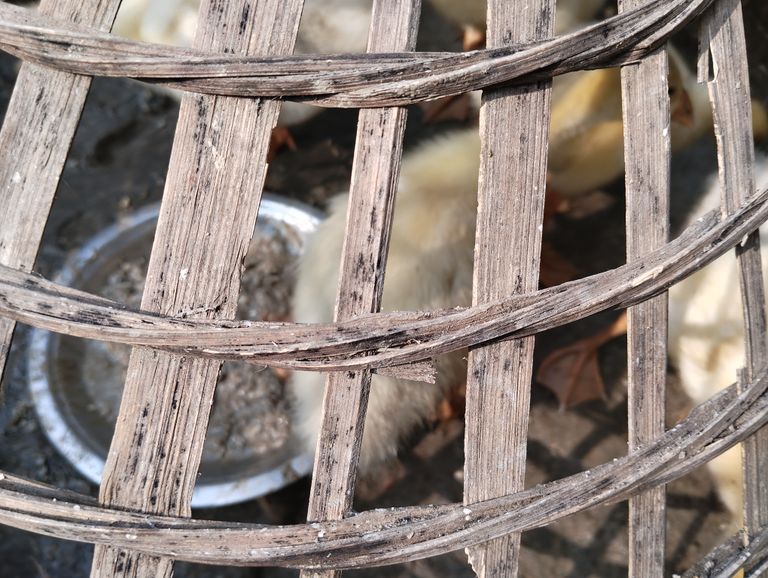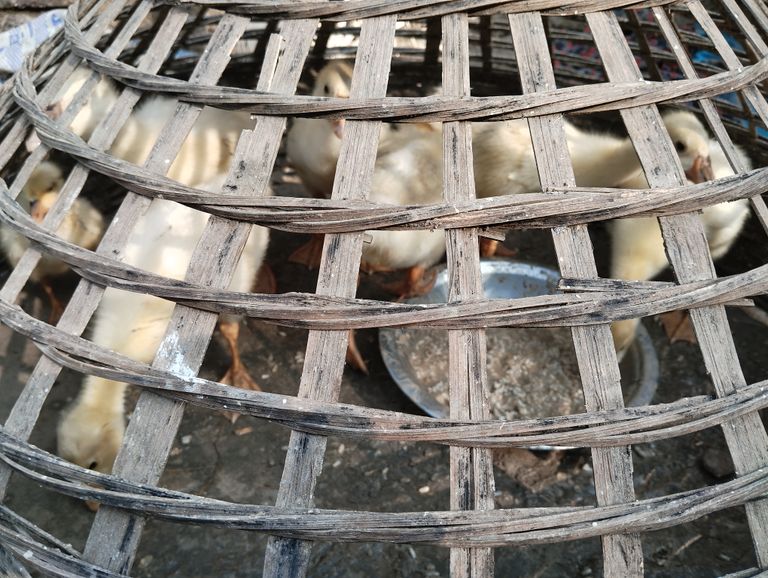
A Complete Guide to Raising Ducklings Rajhans Swans.
Raising ducklings, especially swan species like Rajhans, can be a fulfilling experience for bird lovers. These majestic birds symbolize grace and beauty, but their care requires attention to detail, proper planning, and a nurturing environment. This guide will provide comprehensive instructions for successfully raising Rajhans ducklings.
- Preparing a Suitable Environment
Ducklings, like Rajhans, need a safe and comfortable habitat to grow healthy.
Housing
Indoor Brooder: For the first few weeks, provide an indoor brooder. This could be a large box or tub with proper bedding like straw, wood shavings, or soft cloth.
Temperature: Ducklings require warmth. Use a heat lamp to maintain a temperature of about 90°F (32°C) for the first week. Gradually reduce the temperature by 5°F each week until they acclimate to room temperature.
Ventilation: Ensure the brooder has good airflow without causing drafts.
Outdoor Space
Once the ducklings grow their feathers (around 4–6 weeks), they can be moved to an outdoor pen.
Secure Fencing: Protect the area with predator-proof fencing.
Water Access: Include a small pond or water source where they can swim, but ensure it is shallow to prevent drowning.
- Feeding the Ducklings
Proper nutrition is essential for the growth of Rajhans ducklings.
Dietary Needs
Starter Feed: Use a non-medicated starter feed specifically designed for waterfowl. Avoid chicken feed, as it lacks essential nutrients for ducklings.
Supplements: Add brewer's yeast to their feed to ensure adequate niacin, which supports bone development.
Fresh Greens: Include chopped spinach, lettuce, or duckweed in their diet.
Treats: Occasionally offer small insects like mealworms for protein.
Feeding Tips
Place feed in a shallow dish and keep it clean to avoid contamination.
Always provide fresh, clean drinking water next to their feed. Ducklings need water to swallow food properly.
- Water Management
While water is vital for Rajhans ducklings, careful management is crucial:
Swimming: Allow supervised swimming sessions in shallow water from their second week. Limit the time to avoid exhaustion.
Bathing: Ducklings enjoy bathing, which helps in maintaining their feathers.
Ensure they are completely dry and warm after swimming, especially in their early weeks, to prevent chilling.
- Health Care and Monitoring
Common Health Issues
Niacin Deficiency: Leads to weak legs. Prevent this with proper supplementation.
Wet Feather Syndrome: Caused by lack of oiling. Ensure access to water for grooming.
Parasites: Regularly check for mites or lice.
Vaccination and Deworming
Consult a veterinarian for necessary vaccinations and deworming schedules.
Behavioral Observation
Monitor the ducklings for changes in behavior, such as lethargy or lack of appetite, which may indicate illness.
- Socializing and Bonding
Rajhans are social birds. Interact with them regularly to build trust. If possible, raise them in groups to prevent loneliness. Handle them gently to avoid stress.
- Transitioning to Adulthood
As the ducklings grow, their care requirements change:
Diet Adjustment: Gradually switch to grower feed when they are 6–8 weeks old and layer feed as they approach adulthood.
Larger Habitat: Expand their outdoor space to accommodate their growing size and activity levels.
- Ethical and Long-Term Care
Swans like Rajhans can live up to 20–30 years. Ensure you are prepared for a long-term commitment.
Provide a clean, spacious, and natural environment for their well-being.
Final Thoughts
Raising Rajhans ducklings requires patience and dedication. By providing a safe environment, proper nutrition, and regular care, you can ensure these elegant birds grow healthy and thrive. Their grace and beauty will reward your efforts, making the journey truly worthwhile.
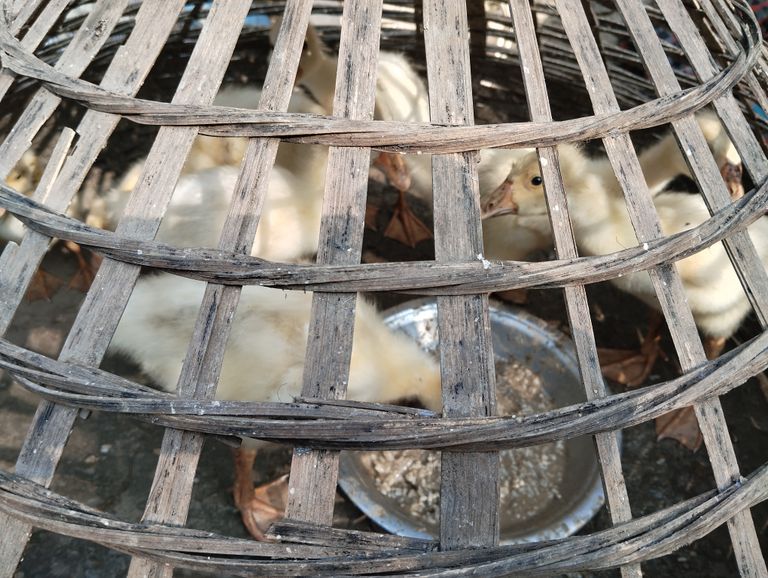
The Habitat of Swans
Swans, often regarded as symbols of elegance and grace, are large waterfowl that belong to the Anatidae family. They are found in various parts of the world, and their habitats are as mesmerizing as the birds themselves. In this blog, we will explore the diverse environments where swans live, the features of these habitats, and the adaptations that make swans such majestic residents of these spaces.
Types of Swans and Their Distribution
Swans are found across the Northern Hemisphere and parts of the Southern Hemisphere. Some of the most well-known species include:
Mute Swan (Cygnus olor): Common in Europe, Asia, and North America, they are often found in temperate zones.
Trumpeter Swan (Cygnus buccinator): Native to North America, these swans prefer freshwater habitats.
Whooper Swan (Cygnus cygnus): Found in Europe and Asia, they are migratory and often breed in Arctic tundras.
Black Swan (Cygnus atratus): Indigenous to Australia, they prefer wetlands and lakes.
Black-necked Swan (Cygnus melancoryphus): Found in South America, these swans thrive in marshes and lagoons.
Common Habitats of Swans
Swans are primarily associated with aquatic environments. Their preferred habitats include:
- Lakes and Ponds
Swans are often seen gliding on tranquil lakes and ponds. These water bodies provide a safe place for nesting and an abundant supply of aquatic vegetation, insects, and small fish, which form the swans’ diet.
- Rivers and Streams
Some swan species inhabit slow-moving rivers and streams. These habitats are especially favored during migration as they offer a consistent water source and food availability.
- Wetlands and Marshes
Wetlands are crucial for swans, particularly for breeding and raising their young. The dense vegetation in marshes provides protection from predators and serves as a rich food source.
- Coastal Lagoons and Estuaries
In regions with temperate climates, swans may also inhabit coastal lagoons and estuaries. These areas offer a mix of fresh and saltwater environments, along with abundant feeding opportunities.
- Tundra Regions
Migratory swans like the Whooper Swan and Tundra Swan breed in Arctic tundra regions during summer. These areas have shallow lakes and wetlands ideal for nesting during the short, productive summer months.
Adaptations for Habitat Survival
Swans have several physical and behavioral adaptations that allow them to thrive in their habitats:
Webbed Feet: Their webbed feet make them excellent swimmers and enable them to navigate water easily.
Long Necks: The elongated necks help swans reach underwater vegetation, which is a significant part of their diet.
Feathers: Their dense feathers provide insulation, allowing swans to survive in cold climates.
Migration: Many swan species migrate to warmer regions during winter to escape harsh climates and find food.
Threats to Swan Habitats
Despite their adaptability, swans face several threats to their natural habitats:
- Pollution: Industrial and agricultural runoff can contaminate water bodies, affecting swans and their food sources.
- Habitat Destruction: Urbanization and land reclamation projects often lead to the loss of wetlands and other critical habitats.
- Climate Change: Rising temperatures and changing weather patterns are impacting the availability of suitable breeding and feeding grounds for swans.
- Human Disturbance: Boating, fishing, and other recreational activities in swan habitats can cause stress and disrupt nesting.
Conservation Efforts
Efforts are being made globally to protect swans and their habitats. These include:
Establishing wildlife sanctuaries and protected areas to safeguard critical habitats.
Promoting sustainable agricultural and industrial practices to reduce pollution.
Educating the public about the importance of conserving wetlands and other aquatic ecosystems.
Supporting research and monitoring programs to understand swan populations and habitat requirements better.
The serene and picturesque habitats of swans are as enchanting as the birds themselves. However, preserving these habitats is essential to ensure the survival of swans and the biodiversity of these ecosystems. By understanding and protecting the natural environments where swans thrive, we contribute not only to the well-being of these majestic birds but also to the health of our planet.
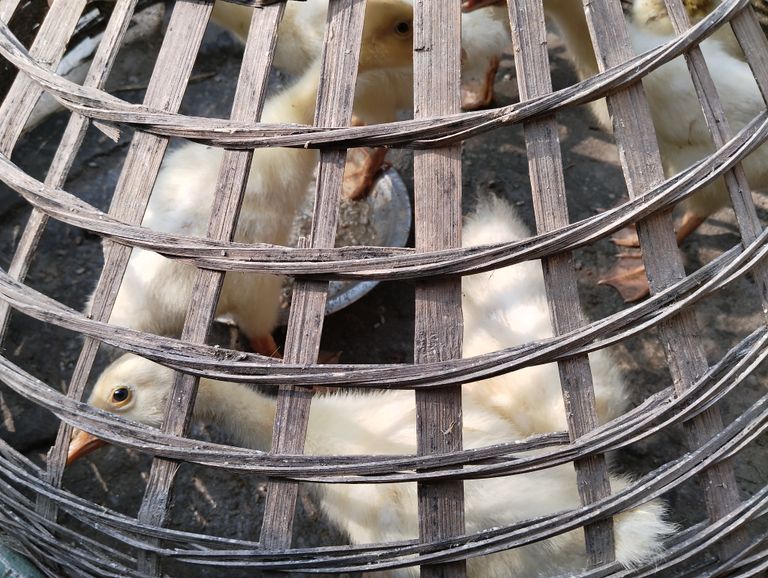
Benefits of Consuming Swan Meat
Swan meat, though not a common staple in many cuisines, has been consumed historically in certain cultures for its nutritional and potential health benefits. As an unconventional protein source, swan meat has intrigued people with its unique taste and nutrient profile. Below, we delve into the benefits of swan meat and its potential role in a balanced diet.
- High-Quality Protein Source
Swan meat is a rich source of protein, which is essential for repairing tissues, building muscles, and maintaining overall health. Consuming protein-rich foods like swan meat helps:
Boost energy levels.
Support the immune system.
Promote healthy skin, hair, and nails.
For individuals looking to include lean and high-quality protein in their diet, swan meat can be a rare but beneficial choice.
- Rich in Essential Nutrients
Swan meat contains essential nutrients, including vitamins and minerals, that support overall health. Some key nutrients in swan meat include:
Iron: Vital for red blood cell production and preventing anemia.
Vitamin B Complex: Supports brain health, improves energy metabolism, and maintains nerve function.
Zinc: Enhances immune function and aids in wound healing.
These nutrients make swan meat a valuable addition to diets that aim for nutritional diversity.
- Low in Saturated Fat
Compared to other meat sources like lamb or beef, swan meat is relatively low in saturated fat. A diet low in saturated fat is linked to:
Better cardiovascular health.
Reduced cholesterol levels.
Lower risk of heart diseases.
People seeking healthier meat alternatives can consider swan meat as an option.
- Unique Culinary Experience
Swan meat offers a distinct taste and texture that appeals to adventurous eaters. It is often described as tender and flavorful, making it a rare delicacy in gourmet cuisine. Preparing swan meat with herbs, spices, and slow-cooking methods can enhance its flavor, offering a unique culinary experience.
- Historical and Cultural Significance
In some cultures, swan meat was traditionally reserved for royalty or special occasions. Consuming swan meat can provide an opportunity to connect with historical and cultural practices, adding a touch of heritage to meals.
- Potential Antioxidant Properties
Swan meat may contain bioactive compounds with antioxidant properties, helping to combat free radicals in the body. Antioxidants are crucial for:
Reducing inflammation.
Slowing down the aging process.
Lowering the risk of chronic diseases like cancer and diabetes.
- Improves Bone Health
The mineral content in swan meat, including calcium and phosphorus, contributes to strong bones and teeth. Regular consumption of foods rich in these minerals can:
Prevent osteoporosis.
Enhance overall skeletal health.
- Sustainable Protein Option
In regions where swan populations are abundant and regulated, swan meat may serve as a sustainable protein source. Responsible sourcing ensures ecological balance while offering an alternative to conventional livestock.
Important Considerations
While swan meat offers numerous benefits, it is essential to approach its consumption responsibly:
Legal Restrictions: In many countries, hunting or consuming swans is illegal due to conservation efforts. Always check local laws before considering swan meat.
Ethical Concerns: Swans hold symbolic significance in many cultures, and ethical considerations should be respected.
Health Risks: As with any meat, proper cooking is essential to eliminate potential pathogens or parasites.
Swan meat, though unconventional, is a nutrient-dense food that provides numerous health benefits. From high-quality protein to essential vitamins and minerals, it offers a unique addition to the diet for those with access to it. However, due to legal and ethical concerns, its consumption remains limited to specific regions and cultures.
For those who can legally and ethically consume swan meat, it can serve as a flavorful, nutrient-rich alternative to traditional meats, offering both culinary satisfaction and health benefits.
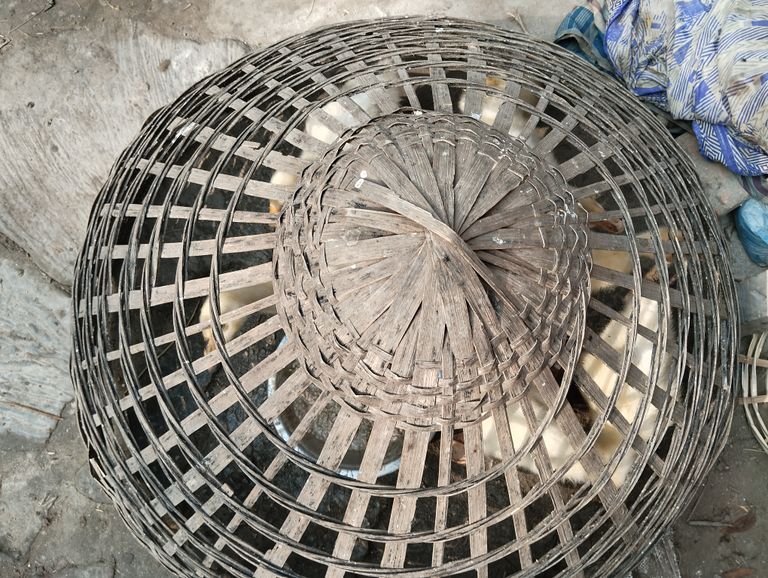
Benefits of Consuming Swan Meat
Swan meat, though not a common staple in many cuisines, has been consumed historically in certain cultures for its nutritional and potential health benefits. As an unconventional protein source, swan meat has intrigued people with its unique taste and nutrient profile. Below, we delve into the benefits of swan meat and its potential role in a balanced diet.
- High-Quality Protein Source
Swan meat is a rich source of protein, which is essential for repairing tissues, building muscles, and maintaining overall health. Consuming protein-rich foods like swan meat helps:
Boost energy levels.
Support the immune system.
Promote healthy skin, hair, and nails.
For individuals looking to include lean and high-quality protein in their diet, swan meat can be a rare but beneficial choice.
- Rich in Essential Nutrients
Swan meat contains essential nutrients, including vitamins and minerals, that support overall health. Some key nutrients in swan meat include:
Iron: Vital for red blood cell production and preventing anemia.
Vitamin B Complex: Supports brain health, improves energy metabolism, and maintains nerve function.
Zinc: Enhances immune function and aids in wound healing.
These nutrients make swan meat a valuable addition to diets that aim for nutritional diversity.
- Low in Saturated Fat
Compared to other meat sources like lamb or beef, swan meat is relatively low in saturated fat. A diet low in saturated fat is linked to:
Better cardiovascular health.
Reduced cholesterol levels.
Lower risk of heart diseases.
People seeking healthier meat alternatives can consider swan meat as an option.
- Unique Culinary Experience
Swan meat offers a distinct taste and texture that appeals to adventurous eaters. It is often described as tender and flavorful, making it a rare delicacy in gourmet cuisine. Preparing swan meat with herbs, spices, and slow-cooking methods can enhance its flavor, offering a unique culinary experience.
- Historical and Cultural Significance
In some cultures, swan meat was traditionally reserved for royalty or special occasions. Consuming swan meat can provide an opportunity to connect with historical and cultural practices, adding a touch of heritage to meals.
- Potential Antioxidant Properties
Swan meat may contain bioactive compounds with antioxidant properties, helping to combat free radicals in the body. Antioxidants are crucial for:
Reducing inflammation.
Slowing down the aging process.
Lowering the risk of chronic diseases like cancer and diabetes.
- Improves Bone Health
The mineral content in swan meat, including calcium and phosphorus, contributes to strong bones and teeth. Regular consumption of foods rich in these minerals can:
Prevent osteoporosis.
Enhance overall skeletal health.
- Sustainable Protein Option
In regions where swan populations are abundant and regulated, swan meat may serve as a sustainable protein source. Responsible sourcing ensures ecological balance while offering an alternative to conventional livestock.
Important Considerations
While swan meat offers numerous benefits, it is essential to approach its consumption responsibly:
Legal Restrictions: In many countries, hunting or consuming swans is illegal due to conservation efforts. Always check local laws before considering swan meat.
Ethical Concerns: Swans hold symbolic significance in many cultures, and ethical considerations should be respected.
Health Risks: As with any meat, proper cooking is essential to eliminate potential pathogens or parasites.
Swan meat, though unconventional, is a nutrient-dense food that provides numerous health benefits. From high-quality protein to essential vitamins and minerals, it offers a unique addition to the diet for those with access to it. However, due to legal and ethical concerns, its consumption remains limited to specific regions and cultures.
For those who can legally and ethically consume swan meat, it can serve as a flavorful, nutrient-rich alternative to traditional meats, offering both culinary satisfaction and health benefits.
